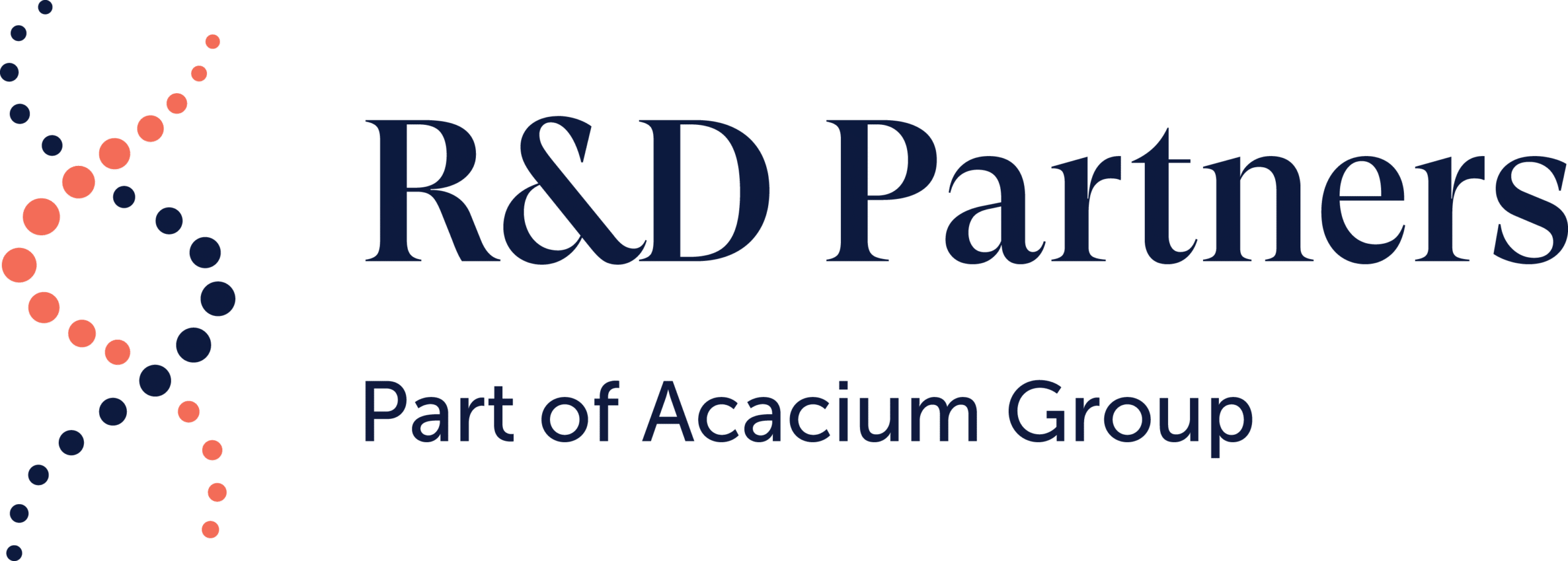What makes a superpower? Simply defined as something that is greater than the norm, be it strength or speed, shooting lasers from the eyes or flying, or invulnerability. Harvard geneticist, George Church, relates vaccines to superpowers, “Vaccines are advancements over our ancestors. If you could tell our ancestors they could walk into a smallpox ward and not even worry about it, that would be a superpower”.
Scientific advances have been called witchcraft, magic, blessings, and various other unexplainable names over the years. What was once thought as impossible, unethical, or super, are now common place. What was once found in Science Fiction is not reality.
We are now on the precipice of a new scientific advancement that could be “create” a superpower, CRISPR/Cas9. The National Academies of Sciences and Medicine (NAS and NAM) released 258 pages of counsel on Genetic Engineering. Here are the highlights:
- New recommendations contradict previous recommendations that gene editing should not be performed on babies.
- Human gene editing might be acceptable in certain situations:
- Single Gene Mutation Diseases (i.e. Huntington’s, Cystic Fibrosis) could be eliminated
- Gene Editing versus Germline Editing?
- Should the genetic modifications be inheritable (germline) or not (gene)?
- Clinical Testing – Not yet, but in serious discussions
- Strict guidelines have been outlined as when it might be appropriate
- General principles – in essence, be responsible, respectful, transparent, and keep the patients’ best interests at the center.
Debates on feasibility and ethics are sure to continue as the technology advances. It doesn’t look like we will have Super babies flying around, however genetically modified “Designer Babies” is definitely in our future.
Check out some of of current job openings.
Sources:
National Academy of Medicine and National Academy of Science
